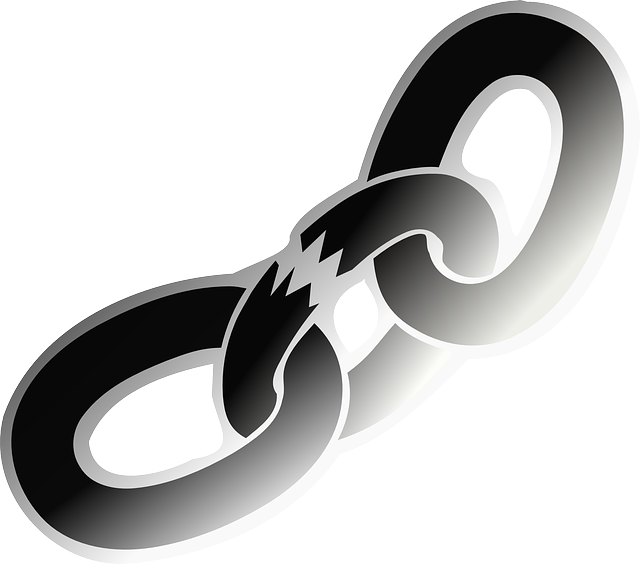SEO internal links are crucial for WordPress users to boost their site's visibility on search engines like Google. By strategically placing relevant links within content, users can enhance user experience, signal to search engines the importance of specific pages, and ultimately improve website rankings, driving more organic traffic. Beginners should focus on using descriptive anchor text, creating a logical link structure, and updating broken links regularly. Tracking performance through tools like Google Analytics allows for data-driven optimizations that refine SEO strategies and boost overall website performance.
“Unleash the power of SEO internal links for your WordPress site with this comprehensive beginner’s guide. From understanding the basics to implementing advanced strategies, we’ll demystify internal linking for optimal search engine optimization (SEO). Learn why these links are crucial for website success and discover a step-by-step approach to enhance your content’s visibility. Get ready to unlock better search rankings, improved user experience, and more relevant traffic through effective WordPress internal link optimization.”
- Understanding Internal Links: The Basics for WordPress Beginners
- Why SEO Internal Links Matter for Your Website's Success
- Unlocking the Power of Internal Linking Strategies in WordPress
- Step-by-Step Guide to Implementing Internal Links on Your WordPress Site
- Best Practices and Tips for Optimizing Internal Links for SEO
- Tracking and Analyzing Internal Link Performance: Measuring Your Success
Understanding Internal Links: The Basics for WordPress Beginners

Internal linking is a powerful strategy for WordPress users looking to boost their website’s SEO. At its core, it involves linking from one page on your site to another relevant page within the same domain. This creates a network of connections that helps search engines understand the hierarchy and relevance of your content. For beginners, it might seem simple, but implementing effective internal links is an art that can significantly impact your website’s visibility online.
When you optimize your WordPress site with SEO internal links, you guide both users and search engine crawlers through a logical flow of information. This tutorial emphasizes the importance of strategic linking, suggesting relevant anchor text and targeting important pages on your site. By following these tips, beginners can enhance their website’s performance, improve user experience, and ultimately, attract more organic traffic. A simple change in your content strategy to incorporate SEO internal links can make a significant difference in how search engines perceive and rank your WordPress site.
Why SEO Internal Links Matter for Your Website's Success

For any website aiming to thrive online, especially those built with WordPress, SEO internal links are a powerful tool that cannot be overlooked. These links play a pivotal role in enhancing your site’s visibility and performance in search engine results pages (SERPs). By strategically integrating internal links into your content, you create a seamless navigation experience for users while simultaneously signaling to search engines the importance of specific pages and their interconnectedness.
A well-executed SEO internal links strategy not only improves user engagement but also contributes significantly to SEO internal links optimization. It helps distribute link equity across your website, allowing each page to benefit from the authority of others. This is particularly beneficial for WordPress sites due to their dynamic nature, ensuring that every post or page has an opportunity to be discovered and linked internally, thereby boosting overall search engine rankings and driving more organic traffic.
Unlocking the Power of Internal Linking Strategies in WordPress

Internal linking is a powerful SEO tool that can significantly boost your WordPress site’s visibility and user experience. By strategically placing links within your content, you create a network that helps search engines understand your website’s structure and relevance. This is particularly beneficial for beginners as it offers an accessible way to enhance your site’s performance without complex coding or technical jargon.
A simple SEO internal links tutorial can guide you through the process of linking relevant pages together. For instance, when writing an article about ‘WordPress Tips’, you could link to other related content like ‘Optimizing Your WordPress Site Speed’ or ‘Best Plugins for Security’. This not only improves user navigation but also tells search engines that your site offers valuable insights on these topics, increasing the chances of higher rankings in search results. Crafting a solid SEO internal links strategy is an art; it requires an understanding of your audience and their information needs, all while keeping WordPress’s best practices in mind.
Step-by-Step Guide to Implementing Internal Links on Your WordPress Site

Implementing internal links on your WordPress site is a straightforward process that can significantly boost your website’s SEO performance. Here’s a step-by-step guide to help beginners integrate this essential strategy. First, identify relevant pages within your site that have high potential for interlinking. These could be blog posts within the same niche or related content that complements each other. Next, insert links to these pages naturally within your content using anchor text that accurately describes the linked page’s focus. WordPress makes this easy with its visual editor, allowing you to highlight text and insert links in a few clicks.
For optimal SEO internal links optimization, ensure your link placement is strategic. Place links in headings, subheadings, or within the main body of your content where they fit naturally. Avoid excessive linking that disrupts the reading flow. Remember, the goal is not only to connect relevant pages but also to enhance user experience by guiding them to valuable content seamlessly. Incorporate these SEO internal links tips throughout your site for improved link structure and better search engine visibility.
Best Practices and Tips for Optimizing Internal Links for SEO

To optimize internal links for SEO in WordPress, beginners should start by incorporating relevant keywords naturally into anchor text. Instead of generic phrases like “click here,” use specific terms that describe the target article, such as “learn more about SEO best practices.” This not only improves user experience but also helps search engines understand the context and relevance of linked content.
Additionally, ensure your internal link strategy is intuitive and hierarchical. Link to related posts or resources within your articles to create a natural flow of information. Use a mix of dofollow and nofollow links strategically; while dofollow links pass on SEO value, nofollow links can still guide users to valuable content without influencing rankings directly. Regularly update and audit your internal link structure, removing any broken links and ensuring the overall strategy aligns with current SEO best practices.
Tracking and Analyzing Internal Link Performance: Measuring Your Success

Tracking and analyzing the performance of your SEO internal links is an essential part of optimizing your WordPress site for search engines. By monitoring how users interact with your internal links, you can gain valuable insights into what’s working and what needs improvement in your SEO internal links strategy. Google Analytics is a powerful tool to start with; it provides data on click-through rates (CTRs), user engagement, and the paths users take to navigate your site.
Understanding these metrics allows for informed decisions regarding SEO internal links optimization. For instance, if you notice low CTRs on specific links, you might want to revisit your content strategy and ensure that anchor text is compelling and relevant. High bounce rates from linked pages could indicate a need for better quality or more relevant content, guiding users towards their intended goals. These insights will help refine your SEO internal links tips and contribute to the overall success of your website’s search engine rankings.
